20 Uses For Virtual Worlds In The Classroom
Virtual worlds can be used as a meeting space for students to attend lecture with embedded videos, illustrations, or 3D models.
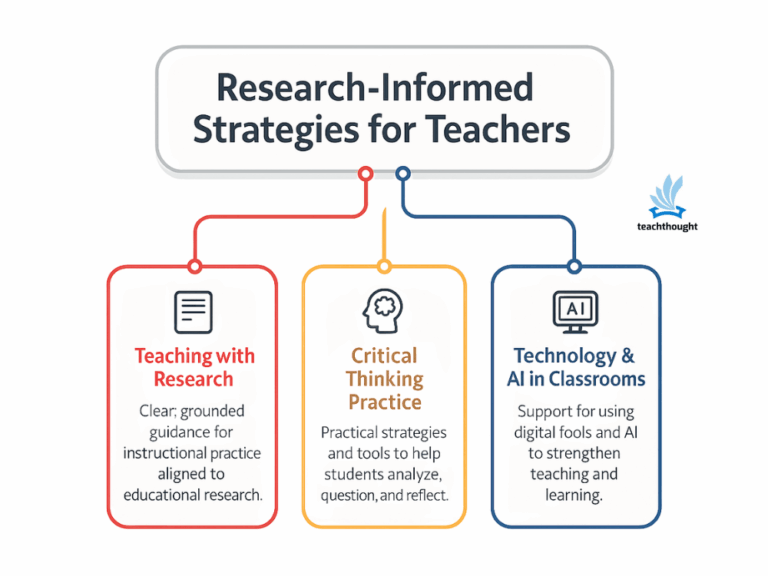
Virtual worlds can be used as a meeting space for students to attend lecture with embedded videos, illustrations, or 3D models.
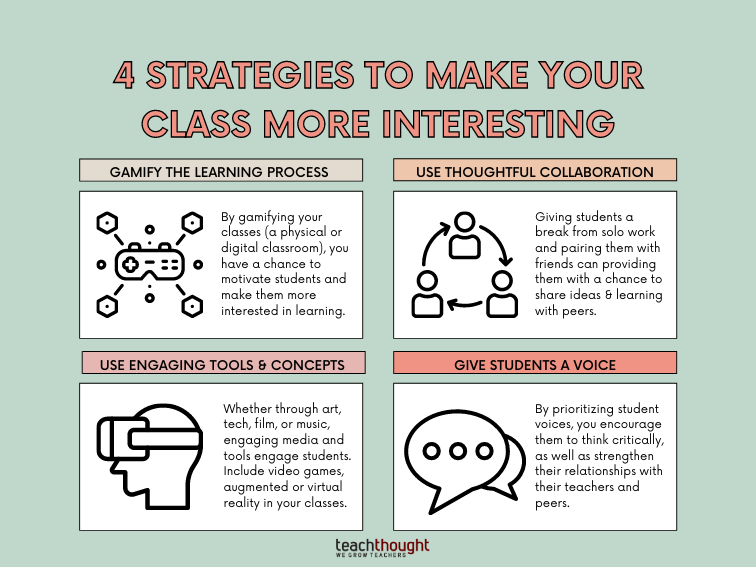
Teachers who lead inspiring lessons are the most memorable. Here are 4 strategies that you can implement to make learning more engaging.
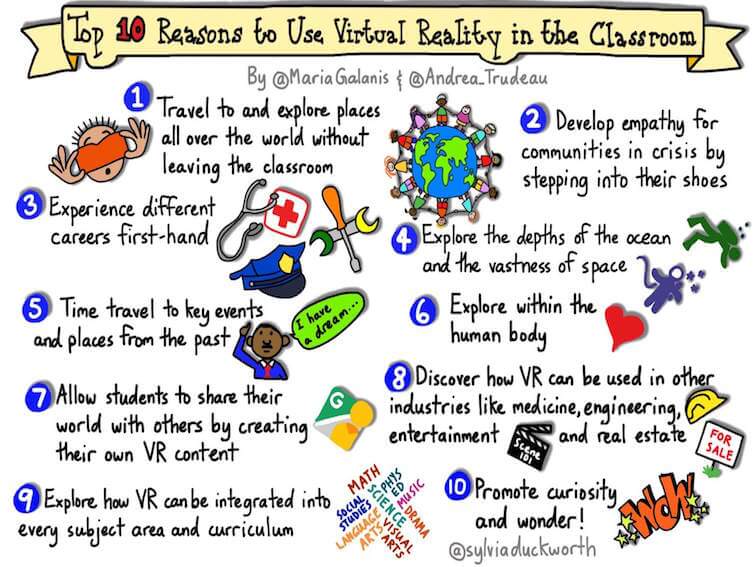
Virtual reality in the classroom can be used to facilitate student interactions or environments to create experiences not otherwise possible.
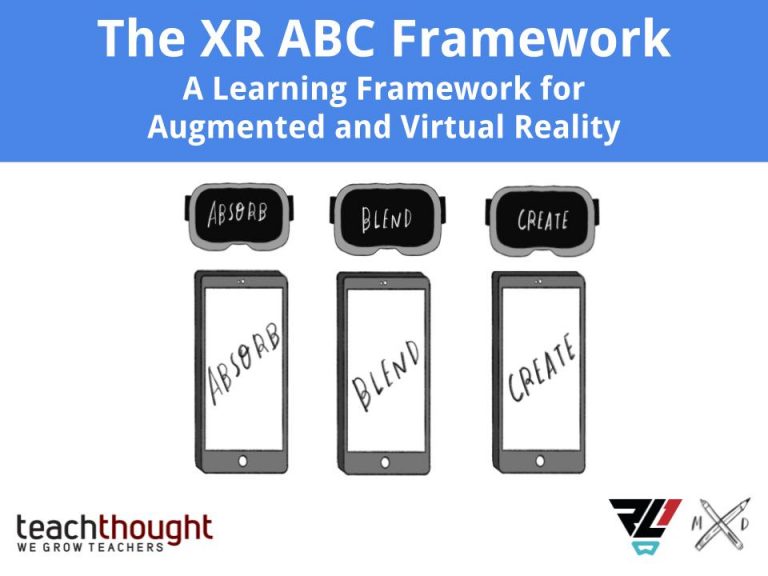
This Augmented and Virtual Reality framework explores Extended Reality, a term used to describe AR, VR, and realities on the spectrum.
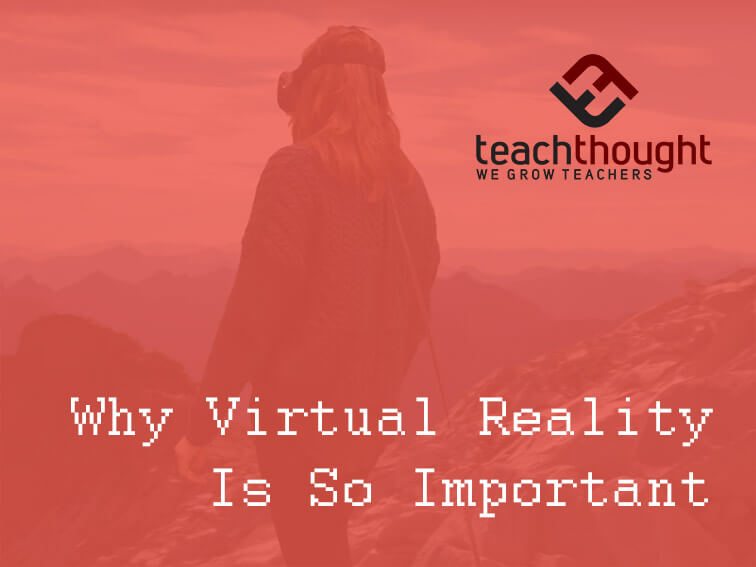
Virtual realities can be designed precisely for human interaction for very specific reasons to create experiences not otherwise possible.

Have a specific reason for engaging with virtual reality in the classroom, with clear objectives to make virtual reality meaningful.
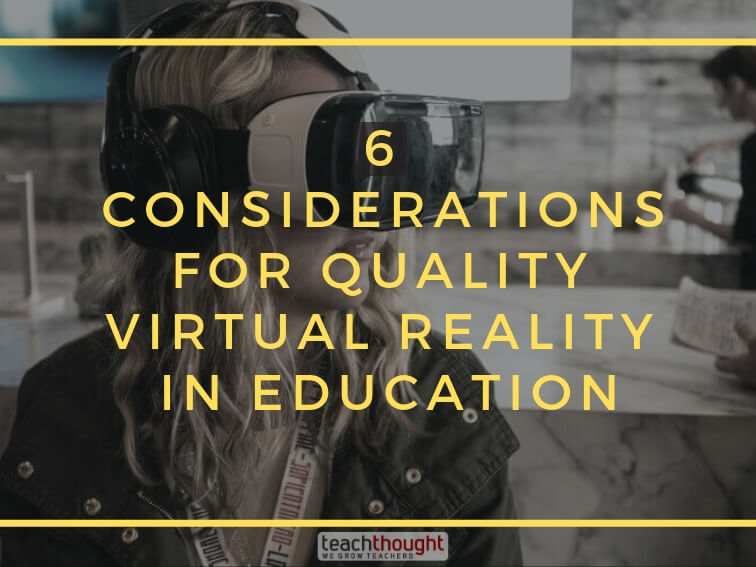
Quality VR content helps further instruction & interest, allowing teachers to address students’ needs with more individualized attention.
Oculus Rift is one of the pioneering virtual reality headsets originally crowd-funded and eventually purchased by Facebook.
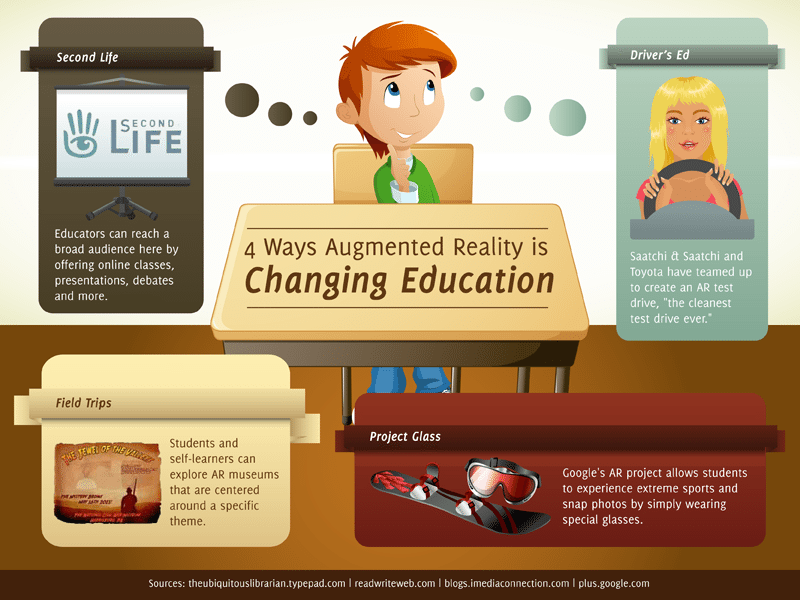
Augmented reality is a medium through which the known world fuses with current tech to create a uniquely blended interactive experience.